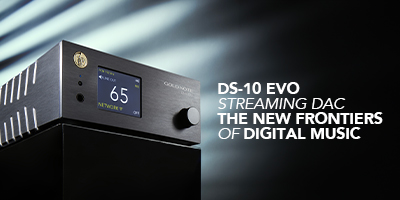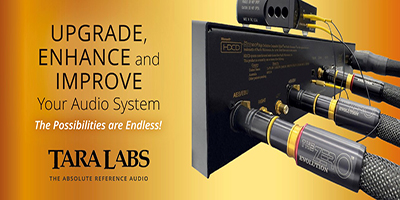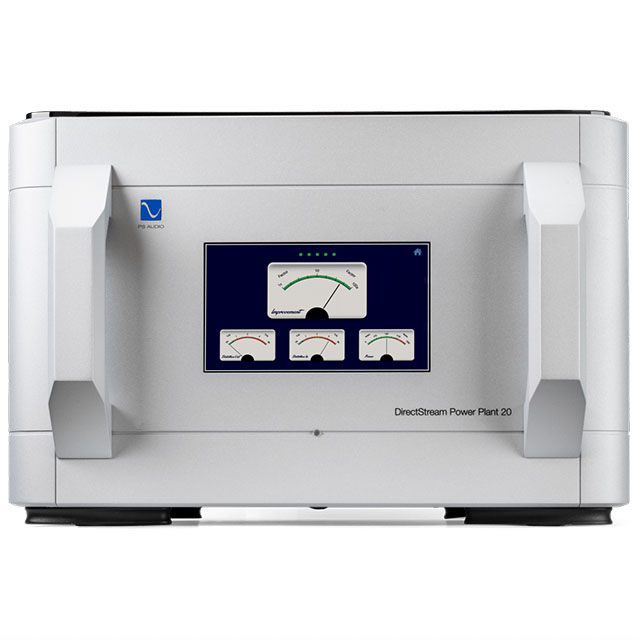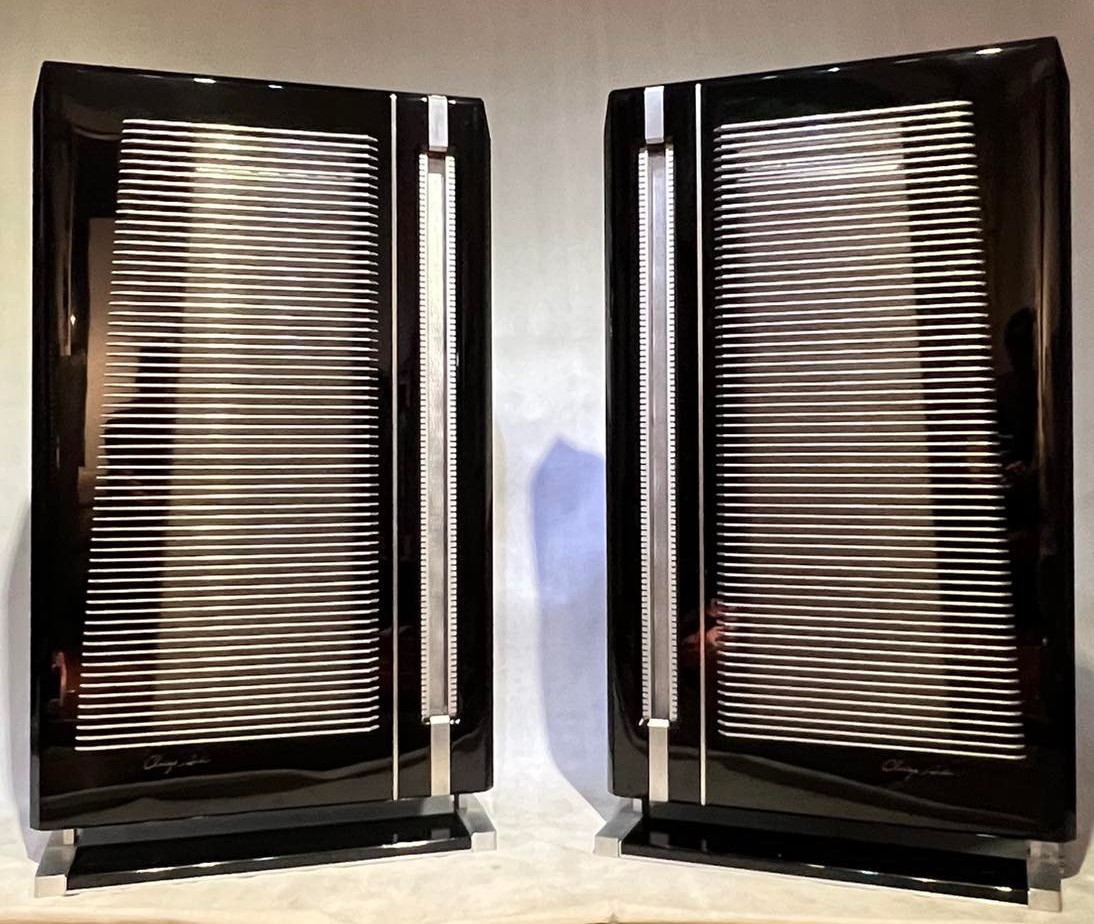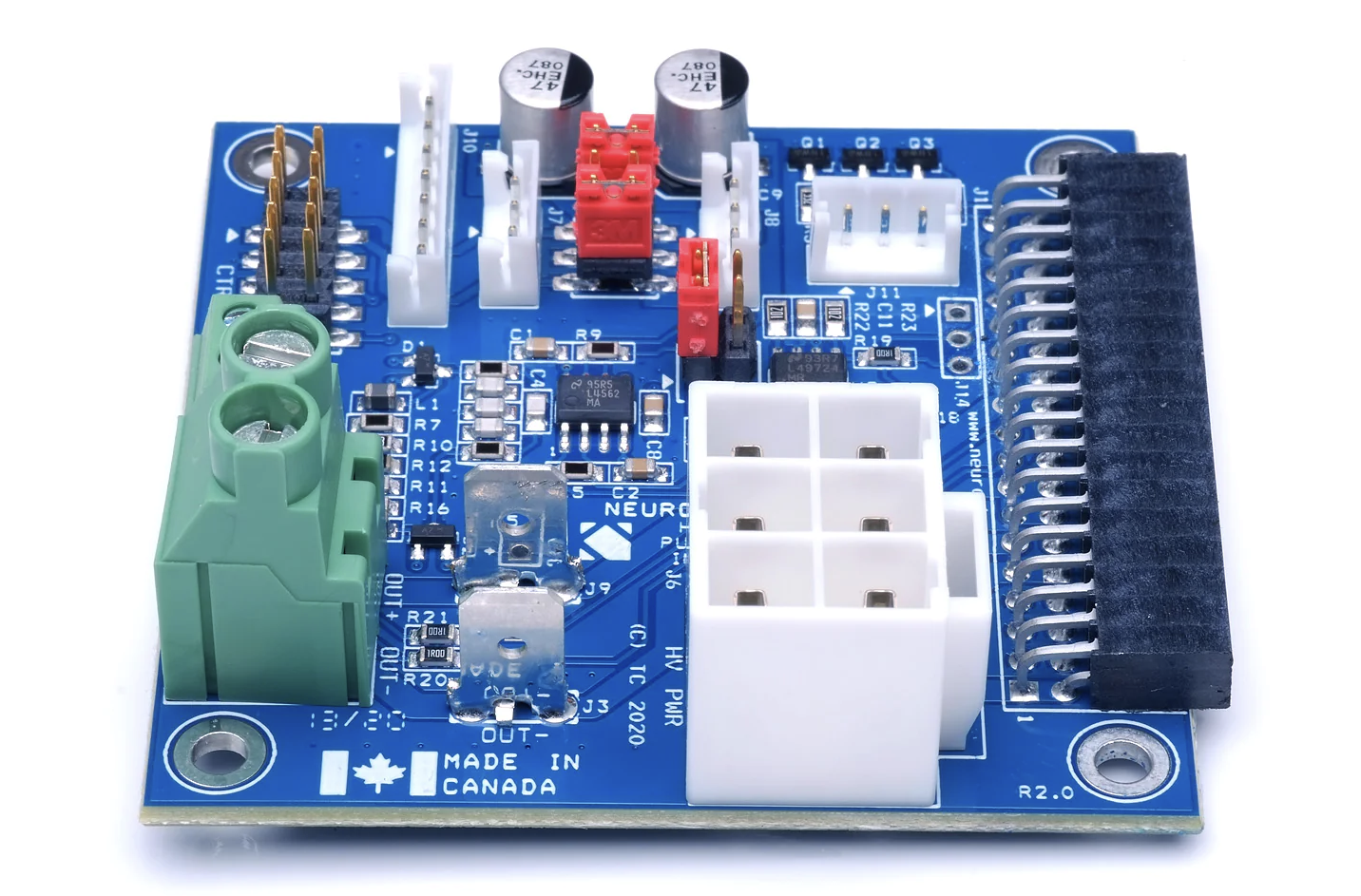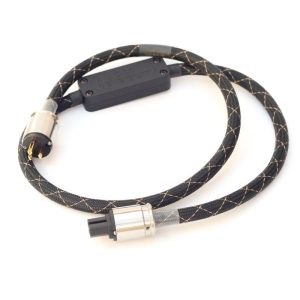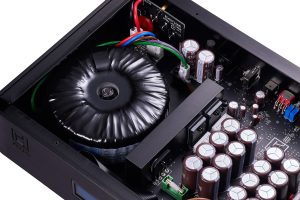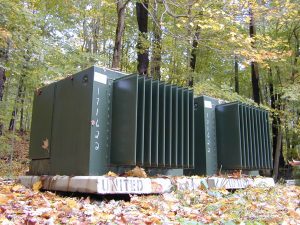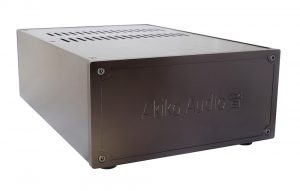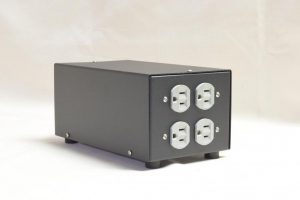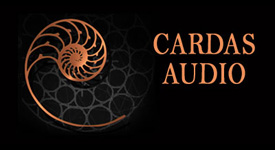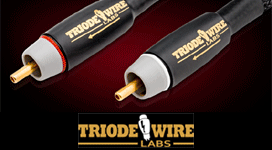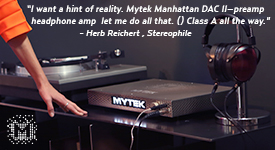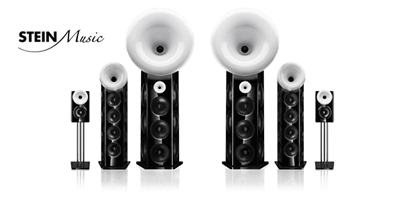Sliding the PS Audio PowerPlant 20 into my system wasn't like unboxing a new amplifier or speaker. It doesn't announce itself with power meters or driver cones. Instead, it quietly rebuilds the very electricity your system relies on. Yet, from the first few tracks, it was obvious this wasn't a subtle change. For my particular situation, I live in a residence with "low" power. Here in the states we get two legs of 120 resulting of 240v of out of phase power. I'm lucky if I get 105-110V in reality which can cause some equipment to have issues. I needed a full regenerator, not conditioner.
Being in the IT industry, that industry is swamped with power regenerators. I see the virtues almost immediately as I understand and respect what these pieces of equipment do. They clean up the power and make things work more efficiently and keep them safe from harm. It's standard operating procedure to protect downstream equipment with such devices and it should be the same with high end audio. PS Audio has captured the market here like no other. There are a ton of filtration units out there but this elevates that game and provides real measurable results. Skip the snake oil and read on...
The immediate impression was ease. Music unfolded with a sense of calm authority, free of the faint grain and tension that I'd grown used to. On Awzan from Driss El Maloumi's Makan, the hand percussion bloomed into the room. The sharp crack of skin, the hollow body resonance, and the long decays all had greater clarity and space. The oud lines carried a woody, organic presence, now surrounded by more air, more dimensionality.
With Robot Koch's Liquid from The Next Billion Years, ambient layers opened wider. The orchestral strings and electronic textures seemed to float in a blacker background. Low-end energy became taut and focused, underpinning the piece rather than clouding it. The contrast between quiet passages and swelling crescendos grew more dramatic, as if the system had gained new headroom.
James Blake's Retrograde (from Overgrown) sealed it. His falsetto, so fragile against the brooding electronic landscape, stepped forward in sharper relief. The synth lines, which can smear into a wall of sound, became textured and layered. Even at higher levels, where my system used to harden slightly, the track now surged without strain. The P20 let the emotion come through intact.
That's the real story here. The PowerPlant 20 doesn't change the character of your system. It removes the grit and instability of the grid, letting the music breathe. What's left is nuance, dynamics, and an uncanny sense that the performance is simply more real.
Specifications and Perspective
The PowerPlant 20 is not a conditioner in the usual sense; it's a full AC regenerator. It takes in the compromised waveform from the wall and rebuilds a brand-new sine wave with extremely low distortion and impedance. In practice, this means the kind of clean, stable current that lets your gear work at its best.
The P20 can deliver 2000 VA continuously and up to 3600 VA peak, easily accommodating large amplifiers. Its output impedance is astonishingly low: around 0.005 ohms, so transient current isn't strangled. This is why bass feels firmer, and drum hits carry more snap and authority.
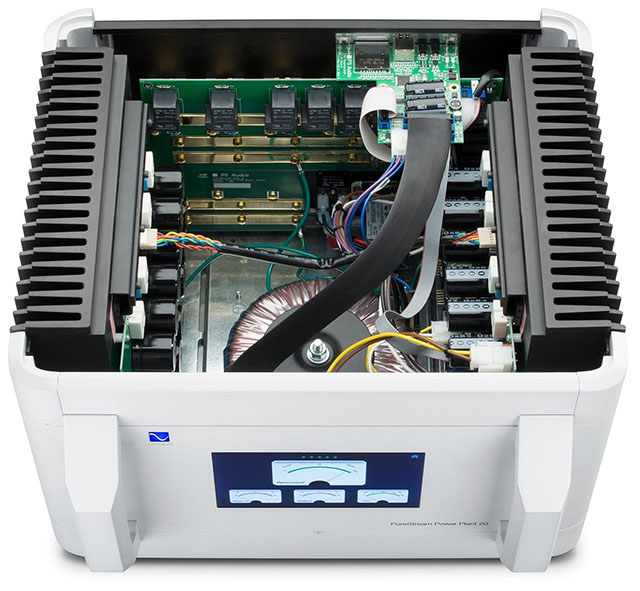
Voltage regulation holds output within a single volt even when the input swings wildly, from 95 to 145 VAC. Harmonic distortion typically measures around 0.1%, compared to the multiple percent you'll often see straight from the wall. Noise rejection is equally impressive, with more than 80 dB of suppression well into the MHz range. The unit's sixteen outlets are arranged across five isolated zones, including high-current sockets for demanding amplifiers.
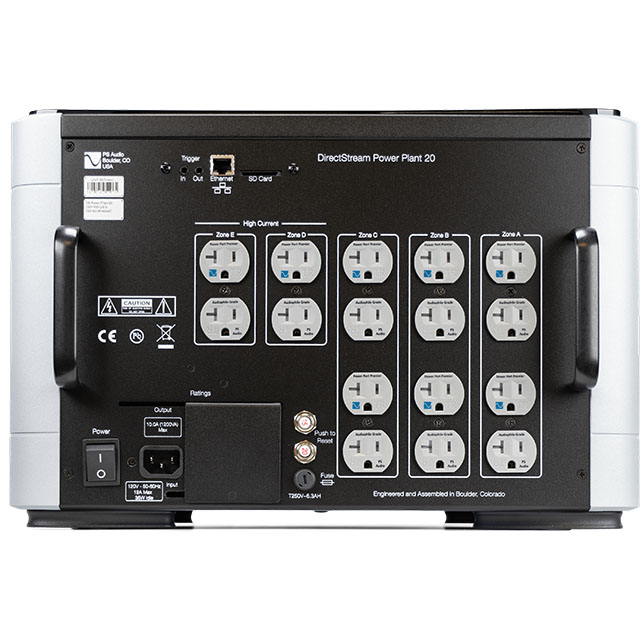
The P20 is substantial—nearly 100 pounds of metal, transformer, and heat sinks. The front-panel touchscreen provides real-time readouts of input vs. output, distortion, voltage, and load. It's satisfying to see the data back up what your ears are already telling you: this is a genuine rebuild of the power feeding your system. Not to mention there is an included remote.

Specifications don't usually make music. But here, they explain exactly why the improvements are so immediate. With rock-solid voltage, vanishingly low impedance, and a pure waveform, the P20 gives your components the conditions they need to perform without compromise. Another bonus that most reviews don't mention is the Ethernet interface! This really unlocks a ton of potential and automation ideas. I have built some automations into my home that allow me to control the outlets. I have written a custom Roon plugin via the API to turn on the triggers or some outlets for amplifiers so that they only run when music is being played. Pretty neat!
In the end, that's the essence of the PS Audio PowerPlant 20. It isn't a flashy addition to the rack. It's the cornerstone, the silent partner that lets everything else sing at its full potential.
PowerPlant 20
Retail: $9999
PS Audio

